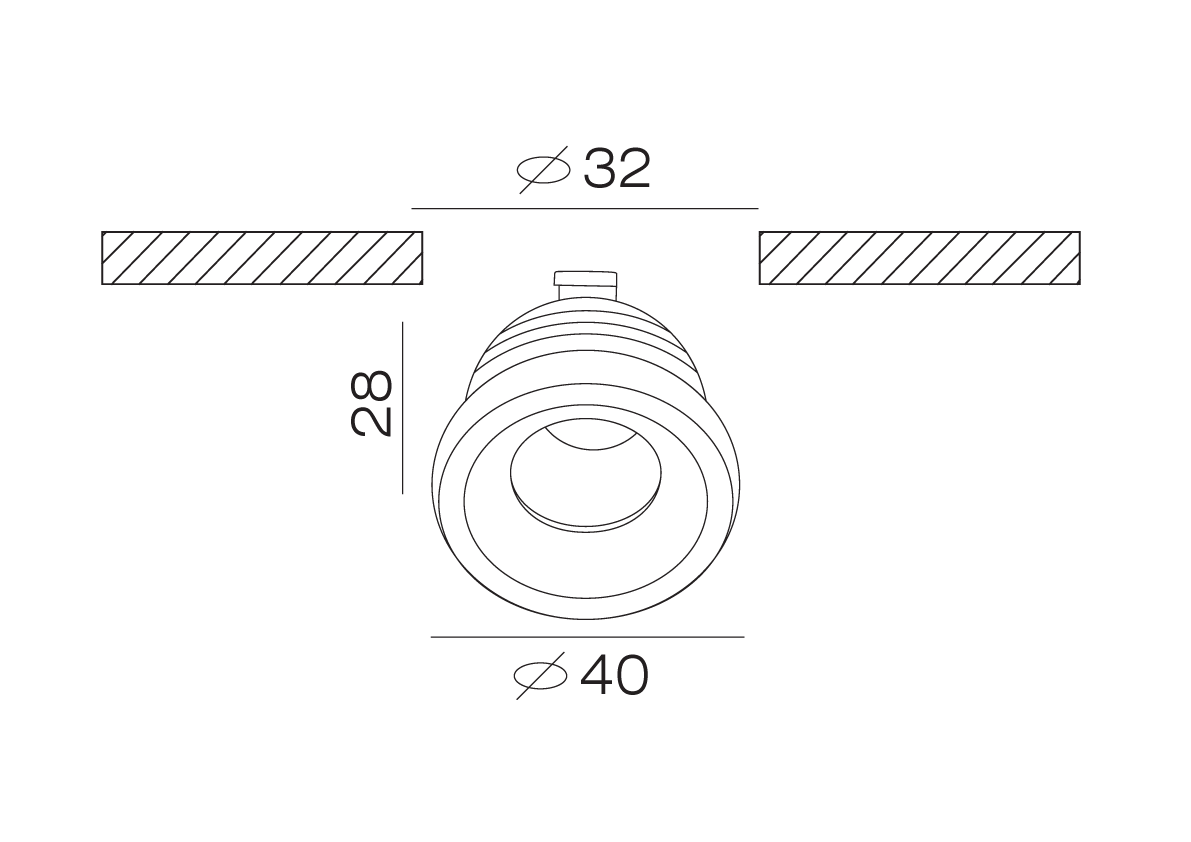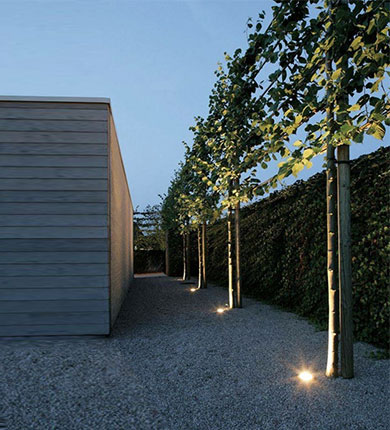
LED Technology
LED is an electric component that emits light when connected to direct current. It emits light in visible light as well as infrared and ultraviolet. With low energy consumption, small size, longer lifetime and faster switching than incandescence lamps and because of that, they have a wide range of applicability.
Basic knowledge
The light-emitting diode (LED), a semiconductor diode which can emits light when voltage is applied to it, used in electronic devices, and it is one of the most energy-efficient and rapidly-developing lighting technologies, has the potential to mainly change the future of lighting in all over the world.
The wide range of application of the light emitting diode (LED) which can offer, from your cell phone to the large billboards is increasing rapidly according to the distinguished aspects and specifications that it has, while they are very tiny in shape and consume very little power

Advantages of LED technology
LEDs easily offer lots of utilities over other lighting sources. Consumers, specialists and professional users can get multiple options and choices that are based on colors, dimensions and the flexibility that LED modules give, also LED lights offer high level of reliability even in the most difficult conditions
- Operate On Very Low Voltage
- High energy efficiency level
- Long lifetime
- Less cost than traditional lighting for long use.
- Small possible dimensions.
- Immediate light at switching on.
- Wide range of color temperature (CCT) values.
- High color saturation level without filtering.
- Wide range of operating temperatures.
- Produce Zero UV Emissions.LED Lights Are Environmentally Safe

LED life cycle
LEDs can easily pass 50,000 working hours, in comparing to other light sources, luminous flux can be just a little bit reduced over operation periods.

Factors have influence on LED life span:
- TemperatureAs much cooler is the device, as LED`s life span is longer, more effective and brighter, when releasing light, heat occurs which easily effects the life cycle and luminous flux of the LED, here comes the necessary need of the heat sink and choosing the best installation way to divert heat.
- Mechanical effectIf a LED is exposed to such forces, this can have a negative effect on its operating life, or even can be destroyed.
- Power consumptionWhenever the current is lower, less energy is released and heat production is lower, which effects directly on the operation life
- HousingIt is directly influenced by the light comes out from the chip itself. Like built-in reflector ages a lot in the first few hundred operating hours as a result of the high intensity and luminance of the light emitted by the chip.
- HumidityBad material of the housing affect directly but in a passive way to the light comes out from the chip itself Humidity
- ChemicalsChemical influences vary depending on the location, all environmental conditions must be taken into account
LED applications
There are plenty of LED applications that you can do it yourself and other needs a specialist`s assistance.
From LED spot light to LED strip lights and LED modules including indoor and outdoor applications
From urban lighting, for street and city lighting, façade lighting, landscape lighting,
Industrial, Offices and Residential lighting.

In this article : LED, COB, SMD, Semicnductor, Diode, أشباه الموصلات, أشباه النواقل, إنارة, Phosphor
